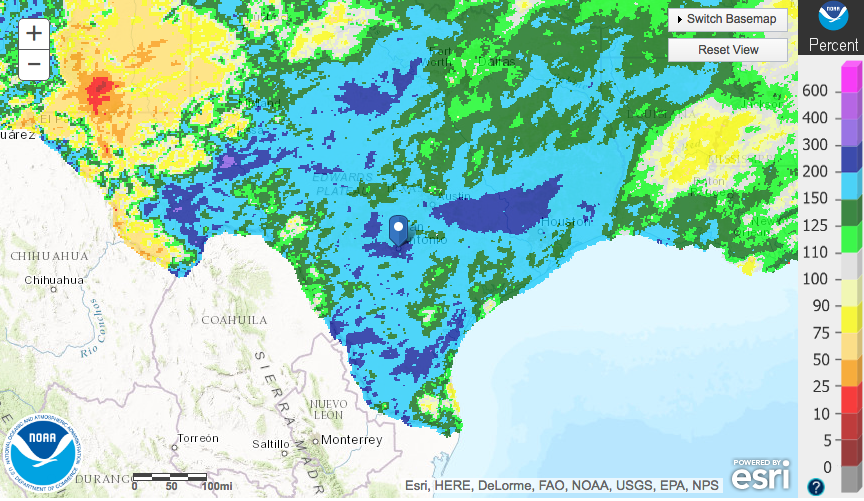

Utah has posted an average temperature over the 20th-century average every year since 1993. The record remains 51.3 degrees, set in 1934, while 2012's 50.9 degrees remains in second place. Utah ended 2021 with an average temperature of 50.7 degrees, matching 20 as the third-hottest on record back to 1895, according to the center's data released Monday. The impacts of these resulted in 20 different "billion-dollar weather and climate disasters" in 2021, that also resulted in over 600 deaths, according to a report published Monday by the National Oceanic and Atmospheric Administration's Center for Environmental Information. Meanwhile, large-scale wildfires, extensive drought, devastating storms and bizarre cold patches dominated the year. The year also landed slightly above average in precipitation. After the data was compiled, 2021 ended up tied with two recent years as Utah's third-hottest on record. Heat waves and dry conditions over the summer and first half of the year eventually gave way to sporadic cooldowns, even large-scale storms.
PRECIPITATION TOTALS FOR THE YEAR FULL
Similarly, global anomalies have been determined by dividing the world into a grid, averaging the data for each cell of the grid, and then averaging the grid cells together.SALT LAKE CITY - 2021 was a year full of extremes - not just in Utah, but for the nation's weather and climate. These regional anomalies are then averaged together in proportion to their area to develop national results. Anomalies for the contiguous 48 states and Alaska have been determined by calculating average precipitation anomalies for areas within each state based on station density and topography. At each weather station, annual precipitation anomalies were calculated from total annual precipitation in inches. This indicator shows annual anomalies, or differences, compared with the average precipitation from 1901 to 2000. The indicator extends through 2020 for the United States and 2019 for global patterns. This indicator starts at 1901 except for the detailed map of Alaska, where reliable statewide records are available back to 1925. and global precipitation patterns, based on rainfall and snowfall measurements from land-based weather stations worldwide. In addition, higher temperatures lead to more evaporation, so increased precipitation will not necessarily increase the amount of water available for drinking, irrigation, and industry (see the Drought indicator). By shifting the wind patterns and ocean currents that drive the world’s climate system, climate change will also cause some areas to experience decreased precipitation. Just as precipitation patterns vary across the world, however, so do the precipitation effects of climate change. Therefore, a warming climate is expected to increase precipitation in many areas. and Global Temperature indicator), more evaporation occurs, which, in turn, increases overall precipitation. Changes in precipitation can disrupt a wide range of natural processes, particularly if these changes occur more quickly than plant and animal species can adapt.Īs average temperatures at the Earth’s surface rise (see the U.S. They also influence river flooding and can determine what types of animals and plants (including crops) can survive in a particular place. Rainfall, snowfall, and the timing of snowmelt can all affect the amount of surface water and groundwater available for drinking, irrigation, and industry. Precipitation can have wide-ranging effects on human well-being and ecosystems.


 0 kommentar(er)
0 kommentar(er)
